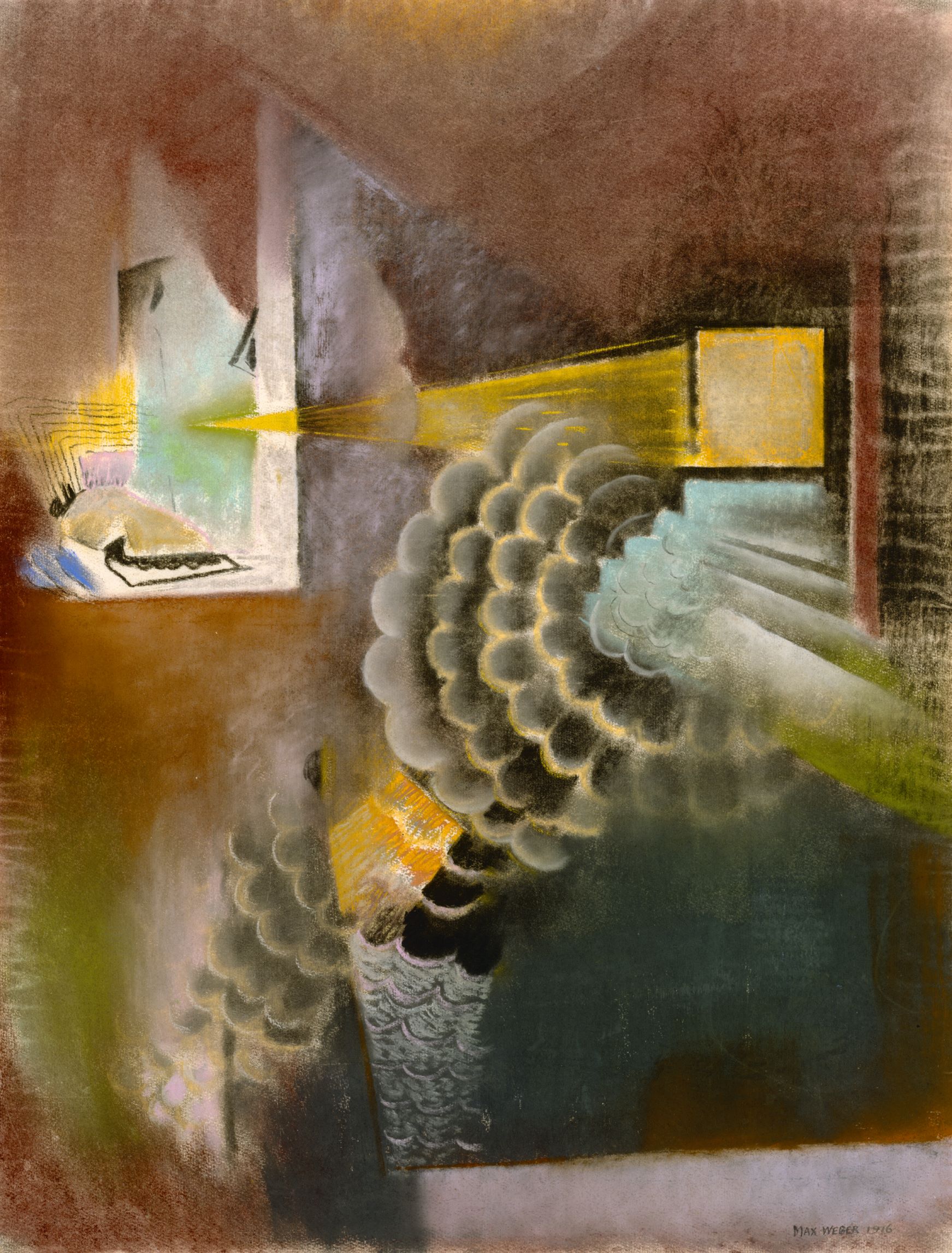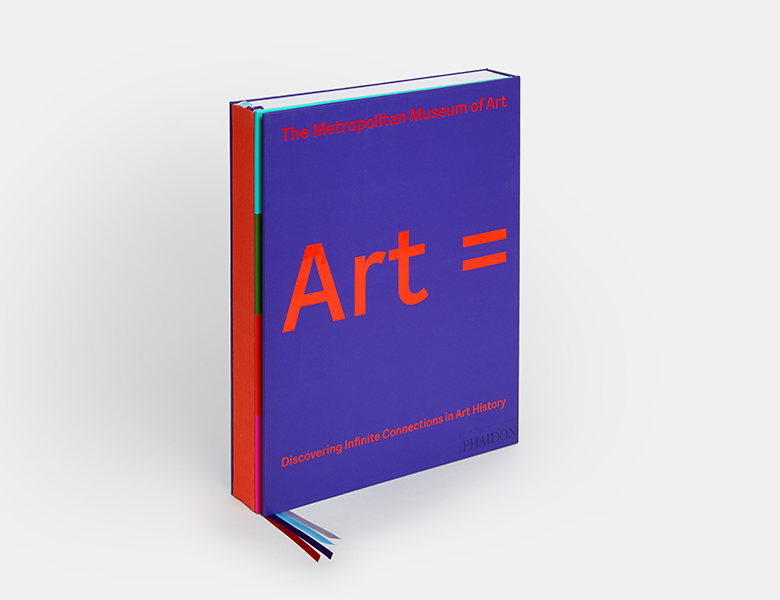
Art = Technique
Our new book Art = doesn’t just explore 6,000 years of art history via 800 works from The Met’s collection, its glossary is also filled with fascinating information. In our new series, we lay out the facts behind some familiar art-making techniques
There are always additional, satisfying ways to appreciate classic works of art. Our new book, Art = offers a fresh and unconventional approach to exploring 6,000 years of art history through 800 masterpieces from The Metropolitan Museum of Art's collection. This ground breaking book — organised by thematic keywords — gives readers fresh and unconventional ways of engaging with visual culture; across these beautifully illustrated pages, you can find unexpected links between, say, a Modigliani painting and an ancient Roman marble sculpture.
However, there’s more to the book than these fascinating linkages. In a new series, we’re looking at how the book's glossary guides us through some of the pivotal techniques, locations, eras, schools and movements. Its bite-sized overviews bring to light a series of surprising discoveries. You may have heard the terms bas-relief and fresco, lacquer and lithograph, but do you know what they really mean? Well, these brief descriptions tell you pretty much all you need to know.
Early Photography The daguerreotype, the first photographic process, was invented by Louis-Jacques-Mandé Daguerre and presented in Paris in 1839. Developed using mercury vapours, each polished, silvered copper plate is unique. By the late 1850s, most photographers had switched to glass-plate negatives and albumen silver prints, combining the daguerreotype’s clarity with the reproducibility of paper-print photographs and shorter exposure times.
Enamel Enamel is made from coloured vitreous paste (powdered glass) or powdered ceramic. The technique of enameling involves the fusion of this material to a surface (usually metal) under intense heat. Types of enameling include cloisonné, in which designs are created with thin metal wire, forming cells that are filled with glass or ceramic paste, after which the object is fired and polished; and champlevé, in which troughs are gouged or cast into a thicker metal base and then filled with paste.
Engraving Engraving is a printmaking technique in which an image is incised into a soft metal plate, usually copper, with a tool called a burin, creating grooves in the surface. The plate is then covered with ink that fills the incisions. The surface is wiped clean, leaving ink only in the grooves. Paper is applied to the plate and pressed into the engraved lines, thus transferring the design as a mirror image onto the paper. Etching is a form of engraving in which acid is used to control the depth of the engraved line.
Fresco A wall-painting technique that dates back to the Bronze Age, fresco traditionally involves applying water-based pigments to damp lime plaster. As the plaster dries, the colours become an integral part of the wall, rather than merely being painted on the surface. Well-known examples come from Pompeii and Herculaneum, as well as medieval and Renaissance churches throughout Europe. Frescoes also played a large part in ancient Egyptian, Indian, and Mexican artistic traditions, from antiquity to the present day.
Lacquer This colored or opaque varnish was first used in Neolithic Chinese art to give a shiny, durable surface to mostly wooden objects. It is made from the sap of the lacquer tree (Toxicodendron vernicifluum), though other resins are also used (including a secretion of the lac bug, which is used in India to make shellac). Pigment can be added, and, once hardened, lacquer can be carved and polished matt or glossy.
Lithograph Lithography is a type of printing in which an image is drawn or transfered onto a smooth stone or metal plate using a greasy medium that repels water. The plate or stone is then treated with an acid mixture, slightly etching those parts not protected by the greased image. The stone or plate is moistened, after which an oil-based ink is applied, which adheres to the drawn image. The inked image is then transferred to paper.
Pastel A pastel is made by mixing powdered pigments with a binder (usually gum arabic), and shaping this mixture into crumbly crayons or sticks, the powder from which adheres loosely to paper. The earliest use of pastel sticks was in Renaissance Italy, but the first creation of complete, finished works in the pastel technique dates to the seventeenth century.
Relief Reliefs are works that are carved, molded, or stamped into an otherwise flat surface. Alto-relievo (high relief) approaches three-dimensional sculpture in the round, whereas bas-relief (low relief) can be more akin to two-dimensional drawing. Frequently, relief sculptures were executed in conjunction with architectural programs.

For more beautiful images and useful insight, get a copy of Art = here, and discover connections in art history that will consistently interest and amaze you.